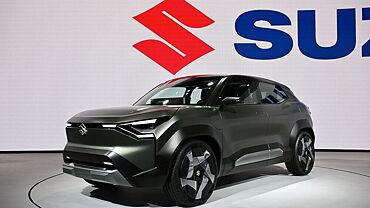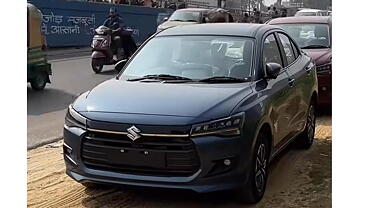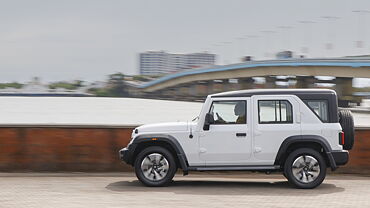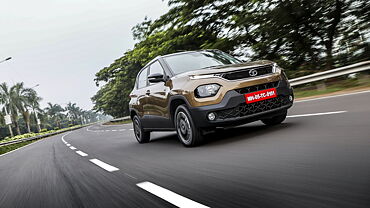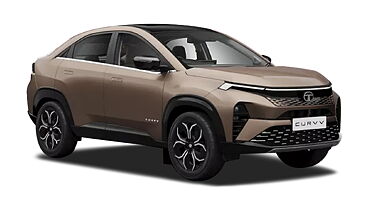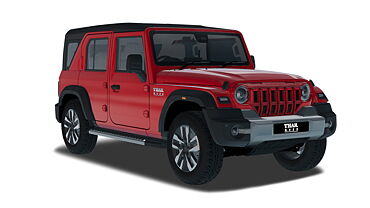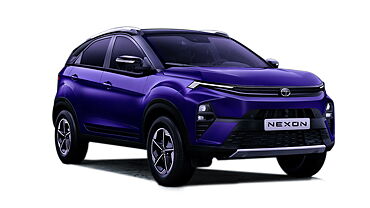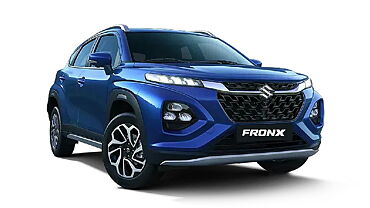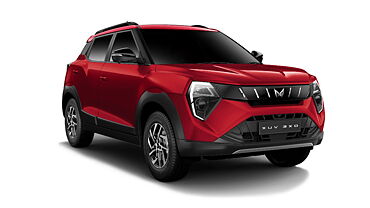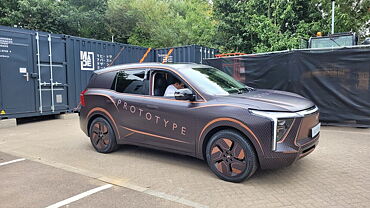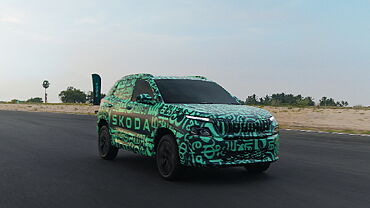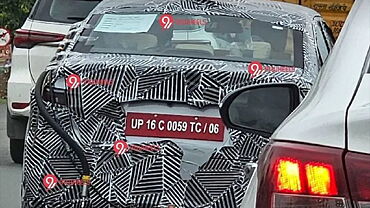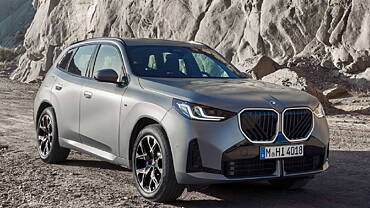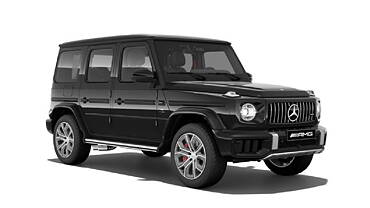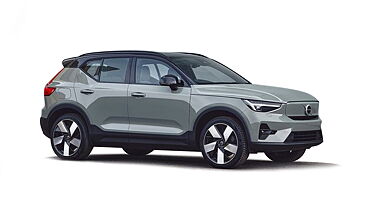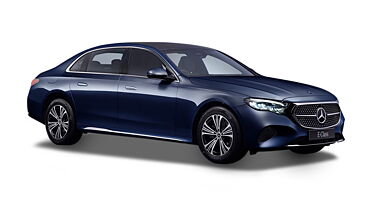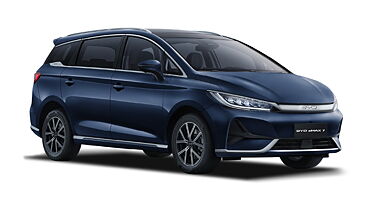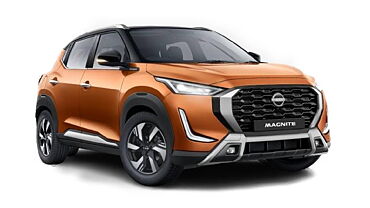Cartrade Comparison Test
Introduction
With the arrival of the new Maruti Suzuki Dzire, the compact sedan segment continues to be on an all-time high. Even though SUVs/crossovers command our market, Maruti’s Dzire breaks market trends consistently by selling in hefty numbers. Hyundai undeniably wants a share of this pie. Which is exactly why they rejuvenated the Xcent with the 2017 model a few months ago. Let’s stack these two cars up for what they are and do, and give you a low-down of what each has to offer.

Exterior
To be exact, the new Maruti Suzuki Dzire isn’t sharp or aggressive in any of its design qualities. However, it does come across as a larger, more proportionate car when compared to the outgoing model. Adorning the front fascia is a wide grille, and this is further complimented by a less upright windscreen. In profile, the strong shoulder-line and appropriately raked roofline along with the proportionate boot dimensions makes this design more pleasing to the eye. To put things in perspective, the new Dzire is 80kg lighter, 40mm wider and 20mm longer than the older model.
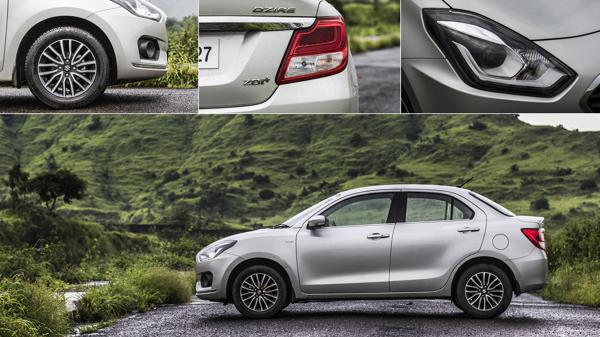
Hyundai’s 2017 Xcent was revised in April and while the headlamps have been retained, the entire front bumper has been redesigned. There’s now a large hexagonal grille with chrome highlights, and new fog lamp inserts with LED DRLs. At the rear, Hyundai reshaped the bumper and also redesigned the boot lid to lend it a more aesthetic look. The tail lamps are now longer and the entire job makes the Xcent look distinctly more handsome than earlier, especially from the rear.
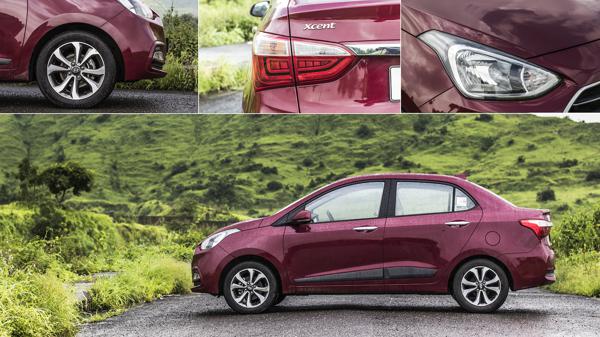
Interiors
The interiors of the new Dzire impresses us with its well-designed dual-tone (black-beige) dashboard, complete with wood inserts even on the door pads and steering. The instrumentation uses clear dials that are easy to read and the functions on the centre console which include a large screen, are tilted towards the driver. There’s lots of space for your accessories on the lower centre console and the door pad, while the latter can hold a 1-litre bottle too. On the flipside, we found the window line to be a tad higher than what we’d have liked.
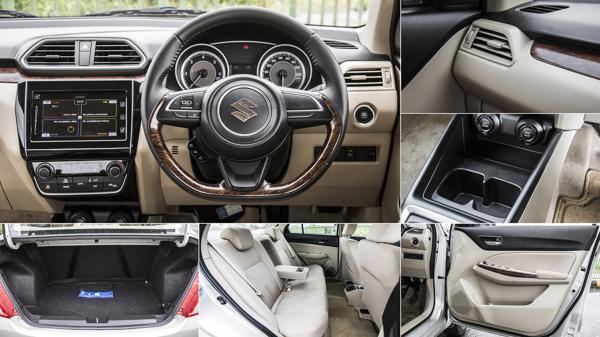
The Hyundai Xcent’s interiors look less contemporary than the Dzire’s, especially with the dull dual-tone brown-black interiors. Nevertheless, the quality of switchgear is more consistent and the dashboard is cleanly laid out which eases finding controls on the move. The screen isn’t as large as Dzire’s, but is positioned higher which makes it less tricky to toggle through while driving. There’s more lower-centre-console space for your belongings than in the Dzire, and this portion can also carry a 1-litre bottle, cups and extras. Not to forget that the door pad can also hold an additional 1-litre bottle too. What’s great about the Xcent is the exceptional visibility thanks to the low dash and window line.
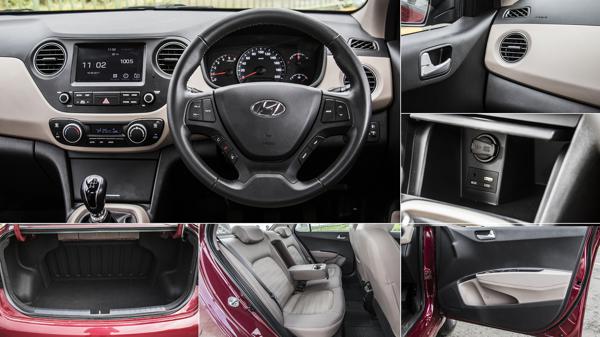
The Dzire has more space in the front when compared to the Xcent, and the large front seats offer good comfort thanks to appropriate side bolstering and cushioning. There’s lots of legroom, headroom and thigh support too. At the rear, despite the Dzire having less headroom and thigh support than the Hyundai, it still has more legroom and space for three passengers. The Xcent, on the other hand has narrower front seats, and thigh support could have been better. But it still has adequate legroom and headroom. The seats are also firmer which points to more comfort over longer journeys. At the rear, the Xcent has better headroom, thigh support and a shorter tunnel than the Dzire, but it falls short of overall space by a fair margin.
While the Xcent has the bigger boot at 407 litres, the Dzire isn’t far behind at 378 litres. But the marginally lower loading height of the Xcent will come handy when picking up heavy suitcases. There’s no doubt that we found the Dzire’s interior to be the most spacious and comfortable, of the two.
Performance
While the Maruti Suzuki Dzire diesel packs a 1.3-litre motor which makes 74bhp and 190Nm of torque, the Hyundai Xcent’s 1.2-litre engine spins out 75bhp and 190Nm of torque. Both cars get a five-speed manual transmission. Despite no change in power figures, the new Dzire diesel is significantly lighter (compared to the older model) which shows in its performance. The 100kmph mark comes up in 12.38 secs and our VBox recorded the 20-80kmph driveability test in 11.52 secs. There's a nice surge at around 1800rpm which merges with a strong mid-range that’s felt until about 4000rpm. But it tapers-off post that and takes a while to reach the 5200rpm redline at higher speeds. By then, there's more noise than any increment in speed. Plus, the short throw 5-speed manual gearbox also makes the job easier even though it does have a rubbery touch to it.
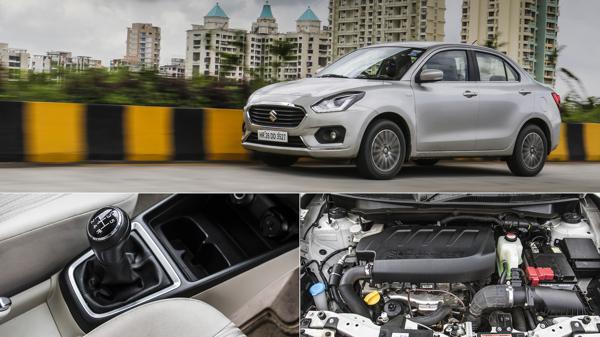
This brings us to the Xcent which had us impressed with the linear power output throughout the rev band. Although it isn’t as quick as the Dzire in reaching the 100kmph mark (16.74 secs) or the 20-80kmph (13.82 secs) driveability tests, the flat power delivery makes for an extremely easy driving experience, especially in traffic. Plus, the engine noise is a lot less intrusive than its rival, but that’s only until it reaches the peak of the rev limits, where it then sounds similar to the Dzire. Other highlights include the smooth gear shift, high-positioned gear lever and a light clutch pedal with less travel, that makes it even more of a delight. I was found shifting gears just for the heck of it. Moreover, the peppy nature of the Dzire’s engine saw it sip more diesel in our efficiency tests. While it returned 14.6kmpl in the city and 19.1kmpl on the highway, the Hyundai Xcent efficiently returned 14.9kmpl and 19.3kmpl respectively.

The ride quality on the Dzire is flat and similar to cars that are at least a segment or two above. Regardless of the speed, the well-sorted damping helps the suspension overcome even big potholes with very little cabin movement and suspension noise. What also helps this is the light-weight Heartect chassis whose claimed rigidity can be easily felt on the Go. On the flipside, the light steering is a bit vague around the dead centre and this dampens the experience just when you are in the mood for some fun around corners. The Xcent, on the other hand, has a softer ride quality and is more forgiving on the large bumps and potholes. As the speed picks up, however, the softer suspension translates into a slight up and down movement which can be felt within the cabin. Nevertheless, what works for the Xcent is the fairly direct steering which also happens to be light. Overall, our pick of the two, would be the Dzire with its peppy performance, and mature ride and handling characteristics.
Conclusion
Let’s look at what each car has for us. With the Hyundai Xcent, you get more rear thigh support and headroom, a less intrusive transmission tunnel (more comfort for rear middle passenger), a marginally lower boot lip, great visibility and a light gear shifter/clutch, all for Rs 8.36 lakhs (ex-showroom Delhi).
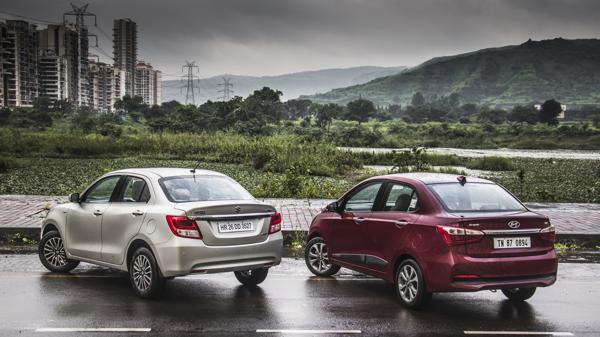
On the other hand, with the Maruti Suzuki Dzire, you get a compact sedan that no more looks or feels like a compromise. It has a larger footprint, lots of cabin space, most comfortable seats overall, attractive interiors, punchier motor and a more rounded ride and handling package at Rs 8.92 lakhs (ex-showroom Delhi). We’re sure that with all the information we’ve listed, you should be able to decide which one of these cars will suit your requirement.
Author: Santosh Nair
Pictures: Kapil Angane




